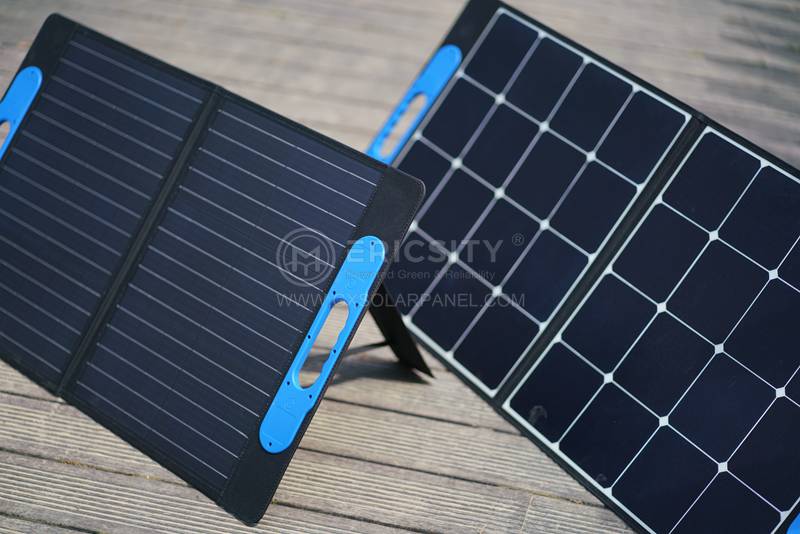HOT PRODUCT
Product Details
a Comprehensive Guide To Amorphous Flexible Solar Panels
A Comprehensive Guide to Amorphous Flexible Solar Panels
Solar energy has emerged as one of the most viable and sustainable alternatives to traditional sources of power. As the demand for renewable energy sources continues to rise, innovative solutions like amorphous flexible solar panels are gaining prominence. This guide will provide a comprehensive overview of amorphous flexible solar panels, exploring their benefits, applications, and potential drawbacks.
Amorphous flexible solar panels, also known as thin-film solar panels, are a type of photovoltaic technology that utilizes non-crystalline silicon materials to convert sunlight into electricity. This thin-film technology makes them highly flexible, allowing for various applications that traditional rigid solar panels cannot accommodate.
One of the primary advantages of amorphous flexible solar panels is their flexibility. Unlike conventional crystalline silicon solar panels, which are made of rigid materials, amorphous panels can be bent and curved to fit various surfaces. This attribute opens up a wide range of installation possibilities, such as integrating solar panels into building materials or attaching them to irregularly shaped structures.


Another benefit of this innovative technology is its lightweight design. Amorphous flexible solar panels are significantly thinner and lighter compared to traditional solar panels, making them easier to transport and install. Their lightweight nature also makes them suitable for applications such as portable solar chargers, solar-powered backpacks, and outdoor recreational devices.
Amorphous flexible solar panels have the potential to perform well under low-light conditions. Unlike crystalline silicon solar panels that require direct sunlight, thin-film solar panels can generate electricity even in cloudy or shaded environments. This characteristic makes them an excellent choice for regions with less consistent or lower intensity sunlight, broadening their applicability in different climates and geographies.
Additionally, the manufacturing process of amorphous flexible solar panels consumes less energy and material compared to traditional solar panel production methods. The thin-film technology allows for the use of fewer resources and potentially reduces the overall cost of production. This advantage promotes sustainability and lowers the environmental impact associated with solar panel manufacturing.
Amorphous flexible solar panels also exhibit a higher tolerance to high temperatures. Unlike crystalline silicon solar panels, which may experience efficiency losses or degradation in performance at elevated temperatures, thin-film panels are less prone to these issues. This attribute allows them to maintain a more stable level of performance, particularly in hot climates or applications where temperatures can rise significantly.
While the advantages of amorphous flexible solar panels are notable, it is essential to consider some potential drawbacks. Compared to their rigid counterparts, thin-film solar panels tend to have lower conversion efficiency. This means that they may produce less electricity per unit area. However, ongoing research and technological advancements are aimed at improving the efficiency of thin-film solar panels, making them a more competitive option.

Furthermore, the lifespan of amorphous flexible solar panels may be shorter compared to crystalline silicon solar panels. Although this drawback can be mitigated through proper maintenance and careful handling, it is essential to consider the long-term durability and performance when choosing this type of solar panel.
In conclusion, amorphous flexible solar panels offer a range of benefits, including flexibility, lightweight design, performance in low-light conditions, and tolerance to high temperatures. Their unique characteristics make them suitable for diverse applications, from architectural integration to portable solar-powered devices. While there are potential drawbacks to consider, ongoing advancements in technology suggest that amorphous flexible solar panels will continue to evolve, becoming an increasingly attractive option for harnessing solar energy efficiently and sustainably.




